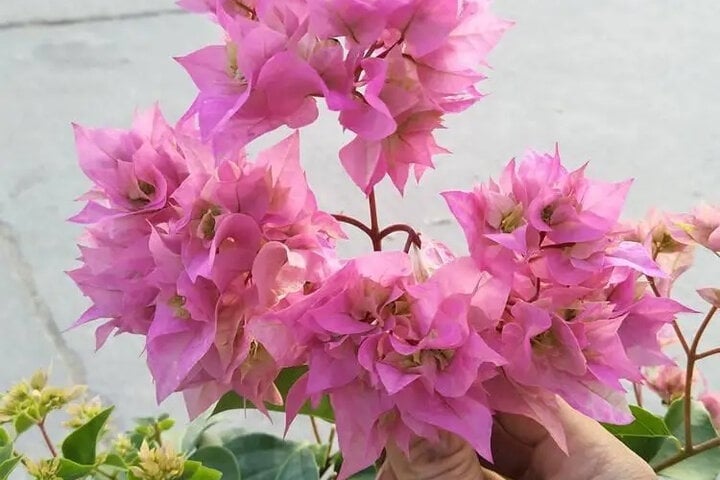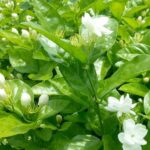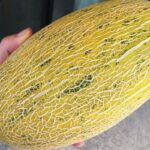**Tips to Encourage Bougainvillea to Bloom**
Tips to Encourage Your Bougainvillea to Bloom
If your bougainvillea hasn’t bloomed in a while or has sparse flowers, try these tips to stimulate bud formation and promote blooming.

Get Your ‘Lazy’ Bougainvillea to Burst into Color
Choose Good Soil
Bougainvilleas thrive in well-drained, loose, and loamy soils or peat. When planting, avoid compacted soil, especially in small pots. Opt for pots with a diameter of approximately 20cm. Given ample space and fertile soil, your bougainvillea will flourish.
Provide Nutrients
Nutrient deficiencies can hinder the growth and bud development of your bougainvillea. During its spring growth period, apply fertilizer to encourage healthier branches and leaves. You can add a small amount of nitrogen fertilizer at this time, followed by phosphorus and potassium fertilizer to enhance blooming.
Once your bougainvillea starts blooming, stop fertilizing. After the flowers have faded, prune away the old, withered branches, and then resume fertilizing and watering to encourage reblooming.
Manage Watering
If your bougainvillea hasn’t bloomed in a long time, try reducing the amount of water you give it and increasing the time between waterings. However, be mindful of adjusting according to actual conditions; when temperatures are high and the weather is sunny, water evaporation is rapid, so watering is necessary. Avoid extreme water deprivation, as it can cause branches and leaves to wither and the plant to dry out.
Proper water control can encourage bud formation within a short period. You’ll soon see buds appearing if you manage moisture levels effectively.
Prune Branches
Remove weaker branches and buds to focus the plant’s energy on the stronger ones. Only the healthier branches will be capable of blooming. Leaving old, withered branches will weaken the plant further and hinder blooming.
Pruning should also be done after blooming to remove faded flower clusters, encouraging the formation of new buds and quicker reblooming.
Increase Sunlight Exposure
Bougainvilleas thrive in sunny environments. If your plant is in a shaded area, its branches will grow weakly, leaves will appear dull and brittle, and blooming will be sparse. Relocate your bougainvillea to a sunnier spot, ensuring it receives at least four hours of direct sunlight daily. You’ll soon notice bud formation as your plant soaks up the sun.
Note: There are many bougainvillea varieties, and while some bloom year-round, others are seasonal. Beginners should opt for year-round varieties, as they are easier to care for and produce more vibrant flowers.

With Proper Care, Your Bougainvillea Will Bloom Again in Just Two Months
Why Is My Bougainvillea Leafy but Not Blooming?
If your bougainvillea is lush with leaves but lacks flowers or has very few, it’s due to improper care.
The growing medium for bougainvilleas should be loose and well-drained to reduce soil moisture quickly. If you use a poorly drained medium like clay, your plant will retain too much water after watering, leading to excessive growth of branches and leaves at the expense of blooming.
Bougainvilleas generally don’t tolerate high humidity. The ideal humidity range for their growth and flowering is 60-70%. Higher humidity levels will promote leaf and branch growth but hinder blooming.
Bougainvilleas require intense, direct sunlight for at least six hours daily. Those grown outdoors in full sun often bloom profusely year-round. Growing them in shaded or covered areas is a common reason for leafy growth but a lack of flowers.
Improper fertilizer application can also cause nutrient imbalances, affecting the plant’s vitality and blooming. Ensure you provide the right nutrients at each growth stage.
Should You Choose Large or Small Carrots When Shopping?
Carrots have earned the nickname “little ginseng” due to their abundant nutrient content, especially carotene. This humble root vegetable is a staple in households across the globe. To ensure you’re getting the best carrots, packed with flavor and nutrients, here’s a quick guide on how to select the finest ones.














